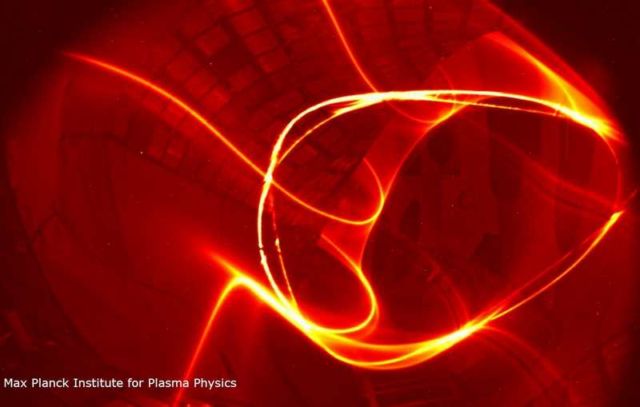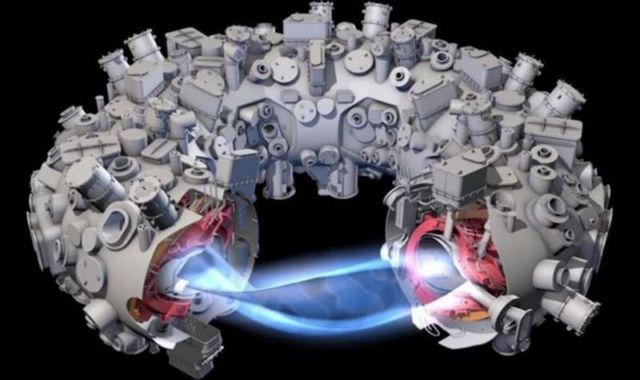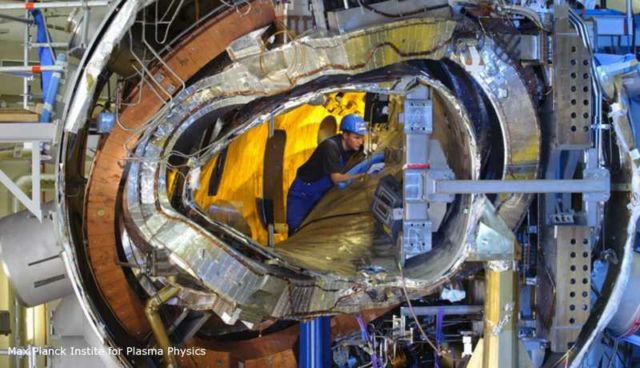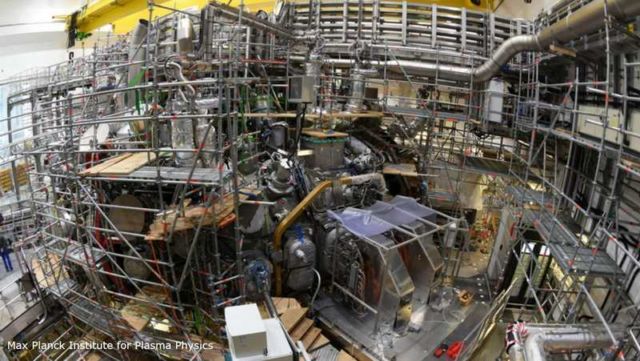Tests confirm that Germany’s stellarator futuristic nuclear fusion machine really works.
Physicist Sam Lazerson of the U.S. Department of Energy’s (DOE) Princeton Plasma Physics Laboratory (PPPL), has teamed with German scientists to confirm that the Wendelstein 7-X (W7-X) fusion energy device called a stellarator in Greifswald, Germany, produces high-quality magnetic fields that are consistent with their complex design.
Above, experimental visualization of the field line on a magnetic surface. Credit: Nature Communications
Stellarator Germany’s Nuclear Fusion machine
The findings, published in the November 30 issue of Nature Communications, revealed an error field — or deviation from the designed configuration — of less than one part in 100,000. Such results could become a key step toward verifying the feasibility of stellarators as models for future fusion reactors.
Max Planck Institute for Plasma physic
W7-X, for which PPPL is the leading U.S. collaborator, is the largest and most sophisticated stellarator in the world. Built by the Max Planck Institute for Plasma Physics in Greifswald, it was completed in 2015 as the vanguard of the stellarator design. Other collaborators on the U.S. team include DOE’s Oak Ridge and Los Alamos National Laboratories, along with Auburn University, the Massachusetts Institute of Technology, the University of Wisconsin-Madison and Xanthos Technologies.
Max Planck Institute for Plasma physic
via sciencealert









Leave A Comment